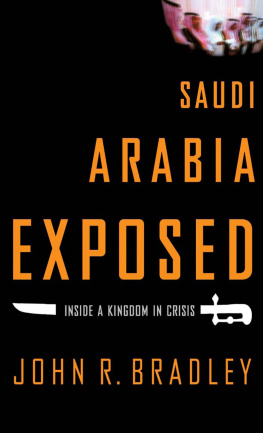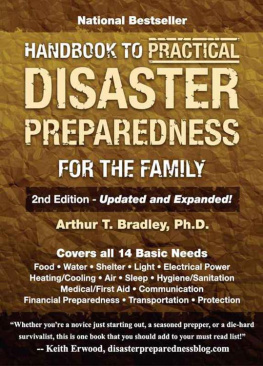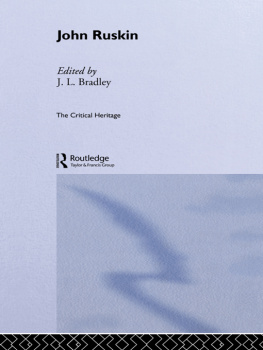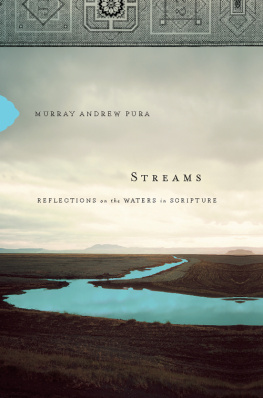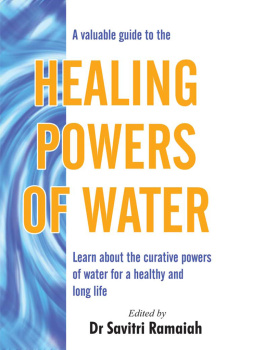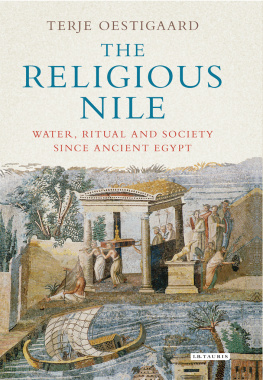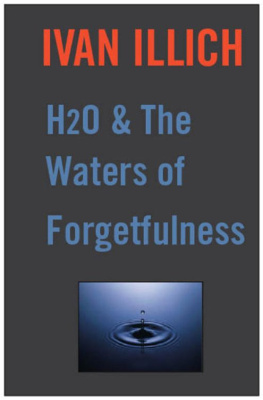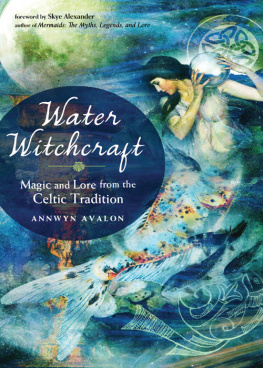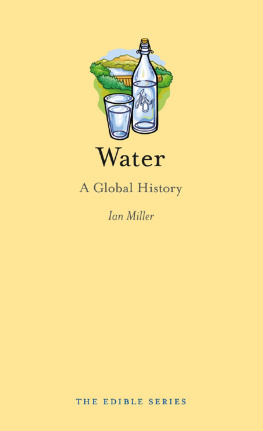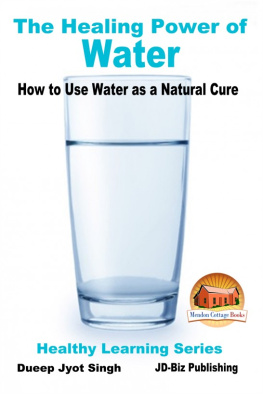BY THE SAME AUTHOR
The Call to Seriousness: The Evangelical Impact on the Victorians
William Morris and His World
The Optimists: Themes and Personalities in Victorian Liberalism
Breaking the Mould? The Birth and Prospects of the Social Democratic Party
The English Middle Classes are Alive and Kicking
The Strange Rebirth of Liberal Britain
Enlightened Entrepreneurs
The Penguin Book of Hymns
God is Green: Christianity and the Environment
O Love that Wilt Not Let Me Go
Marching to the Promised Land: Has the Church a Future?
The Complete Annotated Gilbert and Sullivan
The Celtic Way
The Power of Sacrifice
Columba Pilgrim and Penitent
Der keltische Weg
Keltische Spiritualitt
Abide With Me the World of Victorian hymns
Celtic Christianity: Making Myths and Chasing Dreams
The Penguin Book of Carols
Colonies of Heaven: Celtic models of ministry and pastoral care
Celtic Christianity: Living the Tradition
God Save the Queen the Spiritual Dimension of Monarchy
Youve Got to Have a Dream the Message of the Musical
Oh Joy! Oh Rapture! The Enduring Phenomenon of Gilbert and Sullivan
The Daily Telegraph Book of Hymns
The Daily Telegraph Book of Carols
Believing in Britain The Spiritual Identity of Britishness
Pilgrimage A Cultural and Spiritual Journey
Grace, Order, Openness and Diversity: Reclaiming Liberal Theology
God Save the Queen: The Spiritual Heart of the Monarchy
Water
A Spiritual History
Ian Bradley

First published in Great Britain 2012
Copyright Ian Bradley
The moral right of the author has been asserted
No part of this book may be used or reproduced in any manner whatsoever without written permission from the Publisher except in the case of brief quotations embodied in critical articles or reviews. Every reasonable effort has been made to trace copyright holders of material reproduced in this book, but if any have been inadvertently overlooked the Publishers would be glad to hear from them.
Bloomsbury Publishing Plc
50 Bedford Square
London WC1B 3DP
www.bloomsbury.com
Bloomsbury Publishing, London, New Delhi, New York and Sydney
A CIP record for this book is available from the British Library.
ISBN: 978 1 4411 6767 5
10 9 8 7 6 5 4 3 2 1
Typeset by Fakenham Prepress Solutions, Fakenham, Norfolk NR21 8NN
The sage who wants to change the world must look towards the water. When water is uncontaminated, mens hearts are upright. When water is pure, the peoples hearts are at ease.
Chuang-tzu, The Zhuangzi (4th century BC)
Water is the most beautiful element and rich in usefulness, and purifies from all filth, and not only from the filth of the body but from that of the soul, if it should have received the grace of the Spirit
John of Damascus, Expositio Fidei (c.700 AD)
Let the most absent-minded of men be plunged in his deepest reveries stand that man on his legs, set his feet a-going, and he will infallibly lead you to water Yes, as every one knows, meditation and water are wedded for ever.
Herman Melville, Moby Dick (1851)
I realised that there was really no such thing as time, no beginning and no end but that everything is a fountain welling up endlessly from immortal God.
R. S. Thomas, after visiting two chapels in mid-Wales (1948)
If I were called in
To construct a religion
I should make use of water.
Philip Larkin, Water (1954)
But water will go on
Issuing from heaven
In dumbness uttering spirit brightness
Through its broken mouth
It is a god, and inviolable.
Immortal. And will wash itself of all deaths.
Ted Hughes, The River (1983)

Water is at once mundane and mysterious, ubiquitous and precious. Odourless, colourless and tasteless, it is unique as a chemical compound in terms of its stability, solvent properties and potential as an energy source. Covering roughly 70% of the earths surface and making up a similar proportion of the human body, it is essential to life in all its forms and is at both the start and the heart of the evolutionary chain. The most primitive single-celled organisms are almost entirely composed of water, as is the human embryo. The breaking of waters is the signal that human life is ready to emerge from the watery environment of the womb. For most readers of this book, water is an everyday commodity instantly available at the turn of a tap. In many parts of the world, however, it is becoming increasingly scarce. Women in developing countries walk an average of 3.7 miles to fetch clean water. Global consumption is rising twice as fast as the increase in world population and experts in international relations and conflict studies predict that the major wars of this century will be fought over water.
Water has held a fascination for some of the greatest minds in history. Drawings and memoranda scattered through the papers of Leonardo da Vinci show that it was the major preoccupation of his intellectual attention throughout his life. Water, he held, is the driver of nature, the vital humour of the terrestrial machine (Leonardo da Vinci, Notebooks (Oxford: Oxford University Press, 2008), p.18). He felt that he might solve the mysteries of creation by studying the laws of its movements. A massive treatise on the subject remained unfinished at his death. It is not surprising, given its essentialness to life in all its forms, that water has been revered throughout human history. Wells, springs, pools, lakes and rivers have been regarded as especially sacred sites, the dwelling places of deities, gateways to the next world and sources of healing and rejuvenation. The foundation texts of the worlds great religions are united in describing water as the principal agent of creation and source of life, the special gift of God or the gods with exceptional power to purify, cleanse and renew.
This book aims to trace the spiritual history of water how it has been understood as a religious symbol and used as a healing, purifying and sanctifying element in ritual and worship. A word is needed about the books scope and limitations. It is restricted to fresh water, which, in fact, makes up just 1% of the water that covers the world 97% is salt water and 2% is locked in snow and ice. In turn, 97% of the total supply of fresh water on our planet is contained inside the earth from which it emerges in springs and geysers or through wells and boreholes, sometimes boiling hot and sometimes icy cold, sometimes sluggishly and sometimes with enormous force, sometimes containing a rich variety of minerals and salts and sometimes containing almost nothing at all. It is this fresh water, bubbling up from the ground, tumbling down hillsides in fast flowing streams, flowing more sedately through great rivers and forming pools and lakes that has been accorded particular spiritual significance and venerated through human history. The much greater quantity of salt water that makes up the seas and oceans has, on the whole, inspired rather different religious emotions awe and wonder, certainly, but also fear and dread. The sea, conceived of as the deep, has been seen as something other, a remnant of the chaos that existed before creation, untamed, savage and associated with danger and death. Fresh water has, for the most part, been conceived of in much more positive and benign terms, although it too has not been wholly without negative and demonic associations.
Next page

